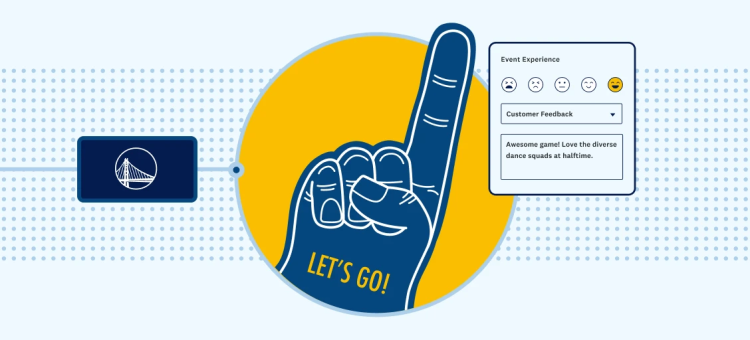“The tough part is over,” you think to yourself. You’ve created a survey, tested it, and delivered it to your respondents. All systems are ready to go for launching your survey!
But suddenly, you realize that you forgot to add an important question or thought of a better way to phrase an answer. Houston, we have a problem…or maybe not.
You might wish that you could go back in time and prevent yourself from launching the survey in the first place, but don’t worry: The good news is that you don’t need a time machine to make a change to your survey.
You should, however, keep some things in mind so the changes go smoothly for you and your respondents.
1. How many responses have come in?
If you haven’t collected any responses yet, or if you only have test responses so far, then you can edit to your heart’s content. If some responses have come in, then you can still make changes without drastically affecting your survey results.
2. Changing answer options
If you want to change your answer options, you can easily add an answer, edit the text of your answer options, and hide answers, too. And if you have a Matrix/Rating scale question, you’ll be able to add new rows, or edit the existing rows and column labels.
But beware of making your survey harder to finish. Keeping surveys as direct and short as possible is always a good choice, but adding too many answer options can also be a challenge for respondents.
3. Rearranging your survey
As you make changes, it’s also OK to add questions or pages to your survey. Just be sure to review your survey and make sure the path is still relevant to the respondent, especially if you’ve used Skip Logic. If you don’t review your survey before you re-send it, it can make the survey harder to fill out for respondents.
Related reading: 10 tips to improve your survey.
4. Cause and effect
All the changes and edits you make to the survey design will take effect immediately in your survey as soon as you save them.
Don’t worry about creating a new collector! The survey link doesn’t change, so you won’t need to send out a new link, or even inform anyone the survey has been edited. The changes happen seamlessly for your survey respondents.
On the other hand, please be aware that respondents may have issues with their survey experience if you make changes as they are taking it. So if you’re looking to avoid any unnecessary confusion for respondents, you may want to temporarily close the survey.
5. Saving your answers
When it comes to editing, it’s always good to keep in mind the responses you’ve already collected. That’s why deleting a question from your survey is a decision that should not be taken lightly. When you delete a question, you also delete the answers attached to it.
If you have only a few responses, you could go about all this trying a different route, such as copying your survey and making the edits on that new version, and keeping the old version as a reference.
The next step would be re-sending the new and improved copy of the survey to your respondents.
To update a survey, carefully consider how your changes will impact the data you’ve collected so far. If your survey is still fresh, chances are you can make changes without your respondents even noticing.
Questions, comments? Let us know!



